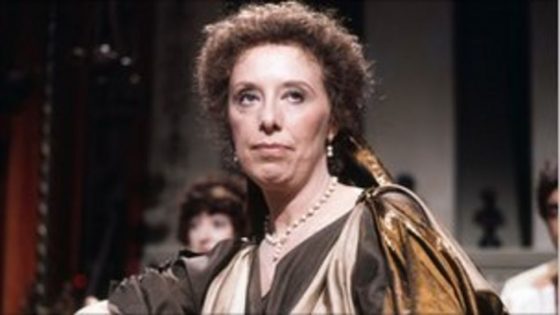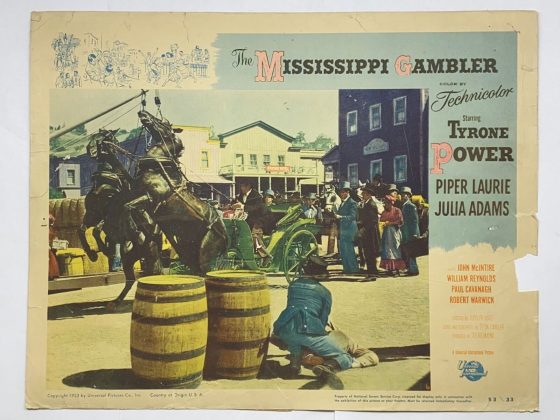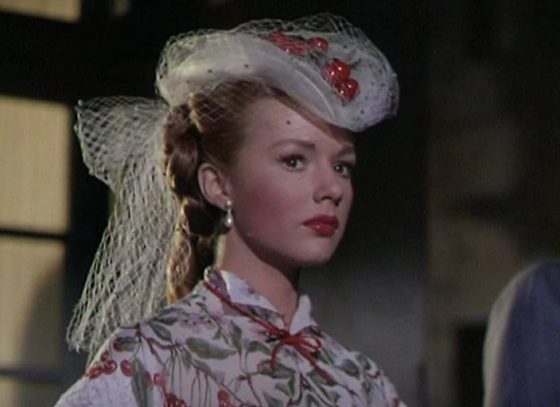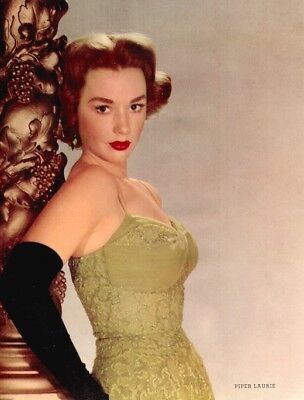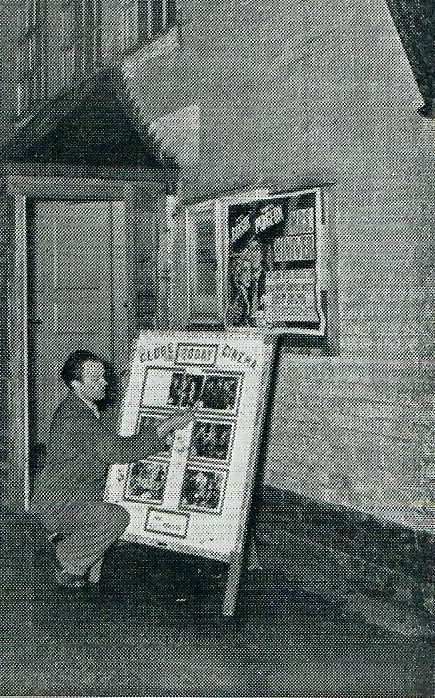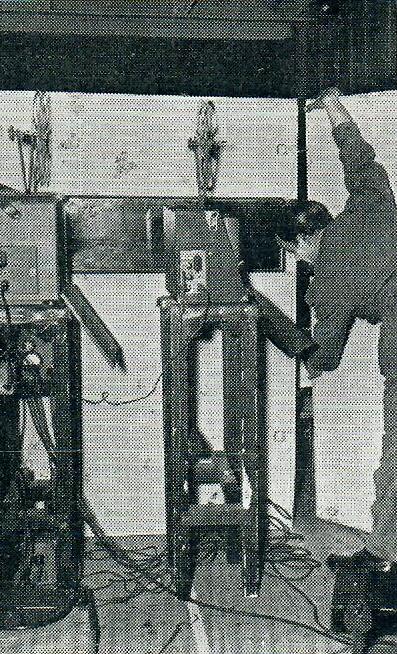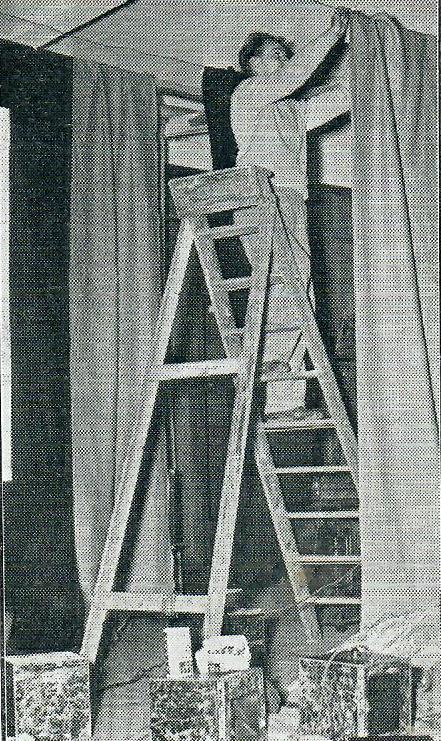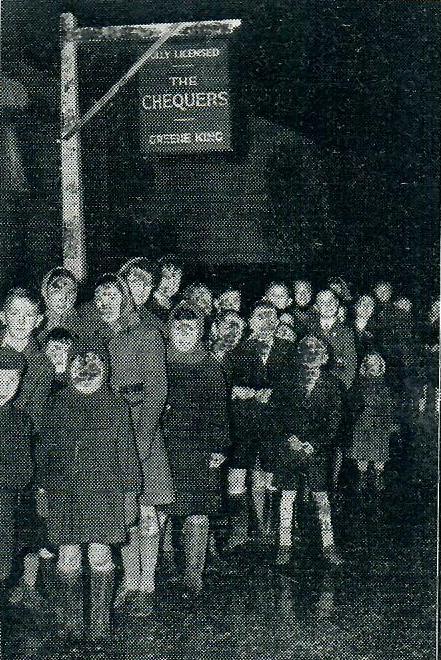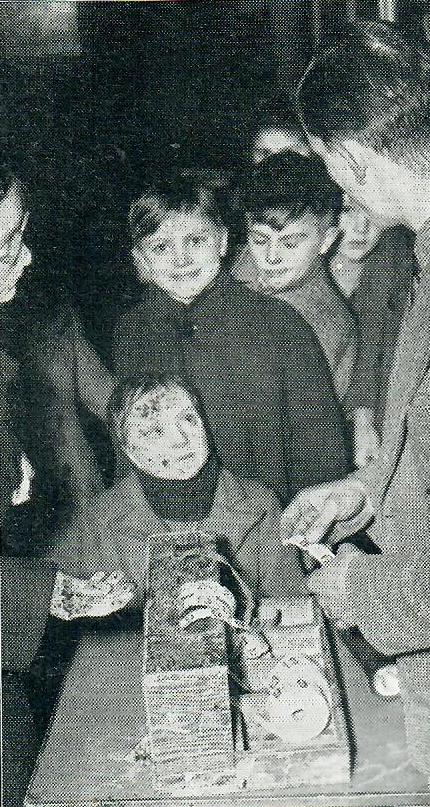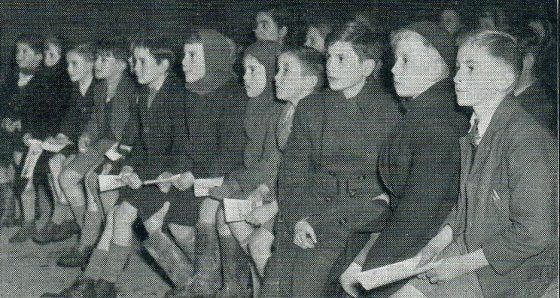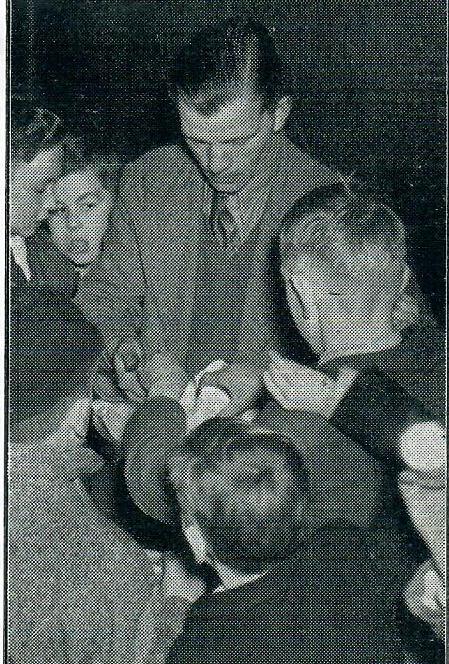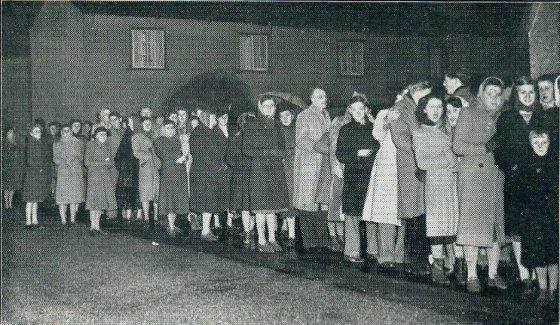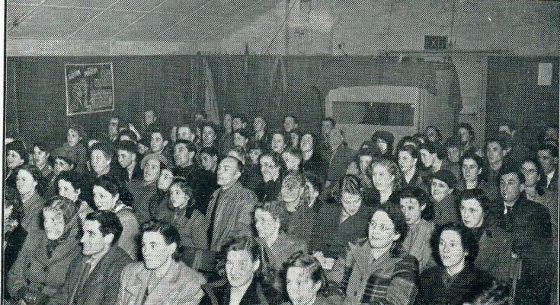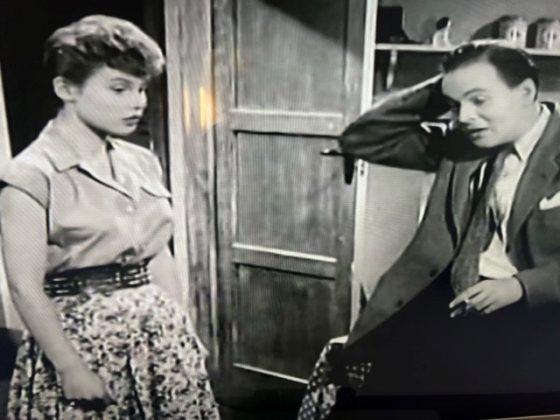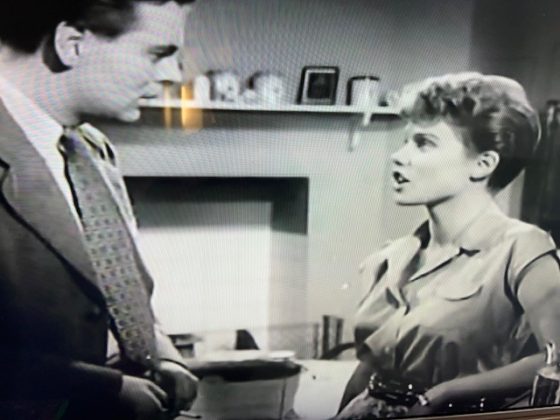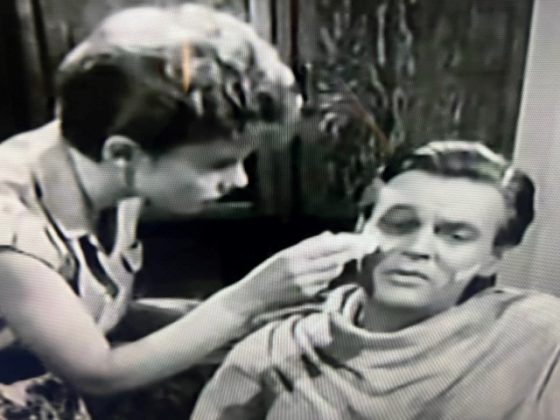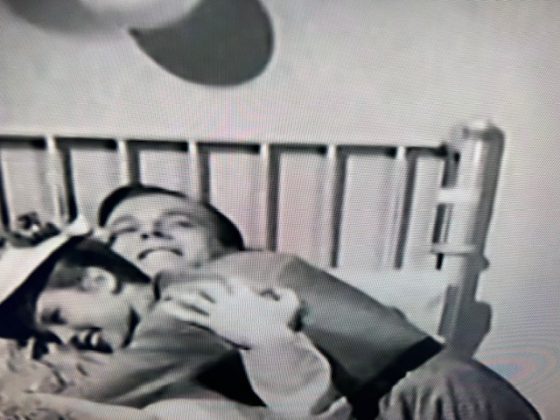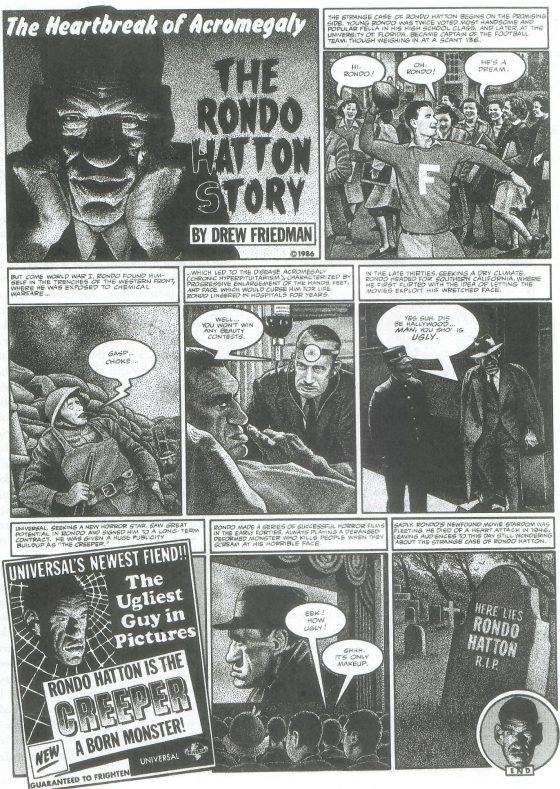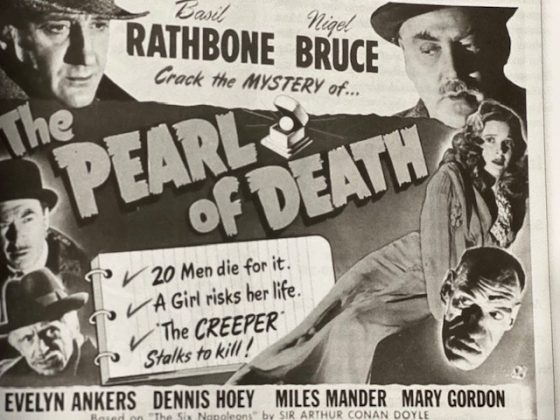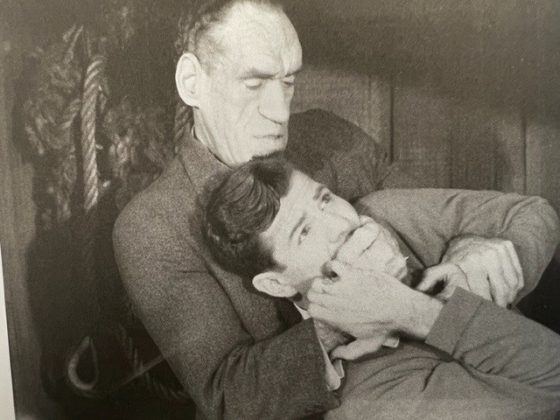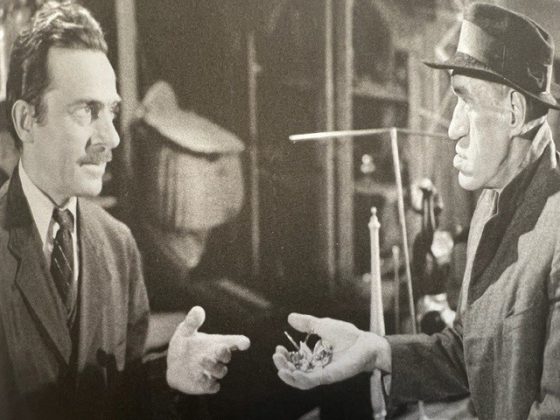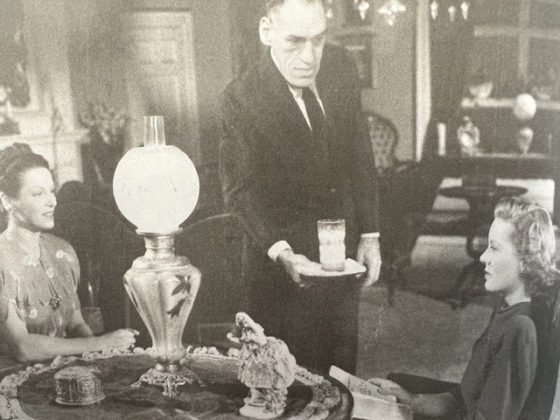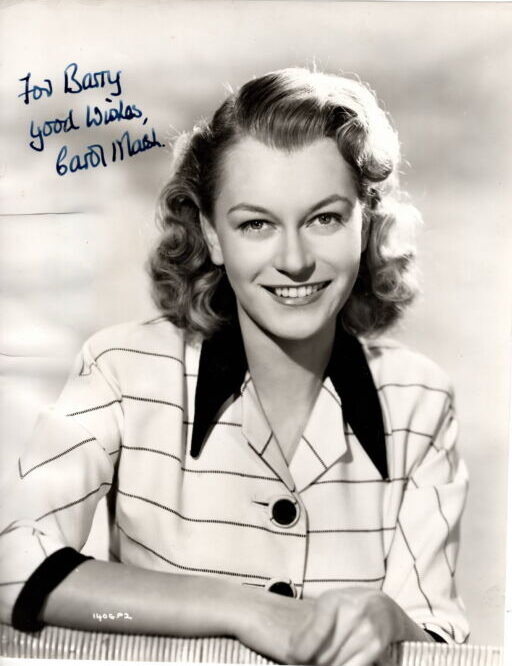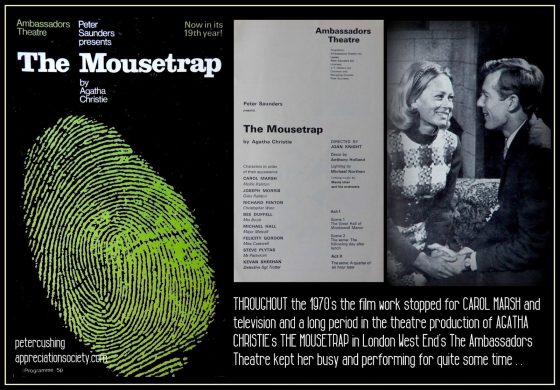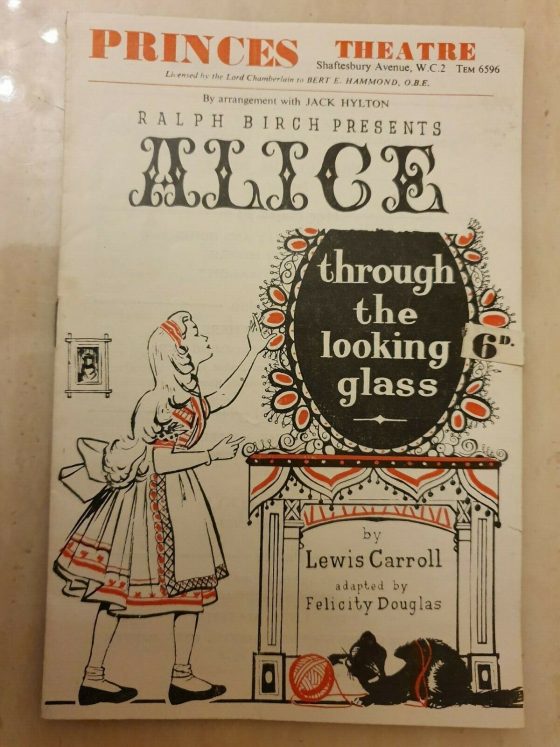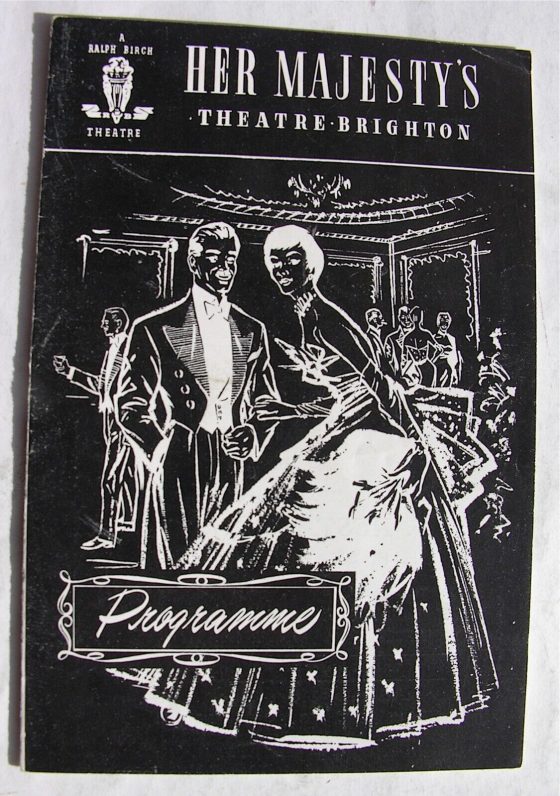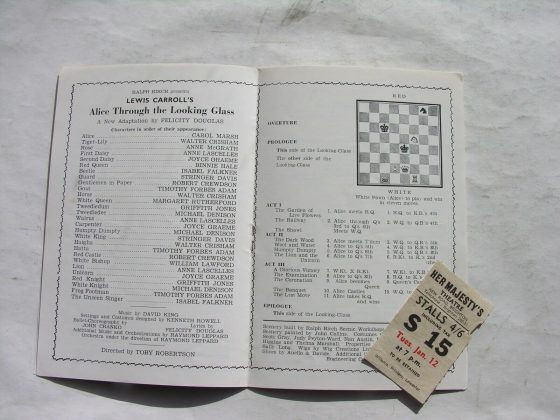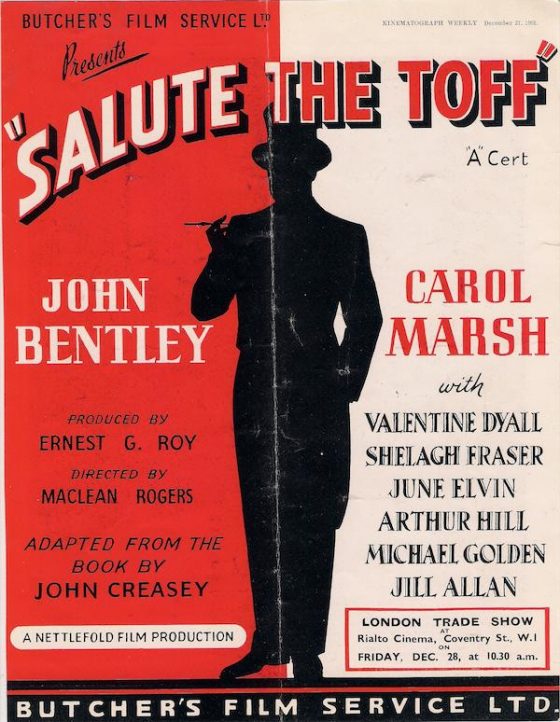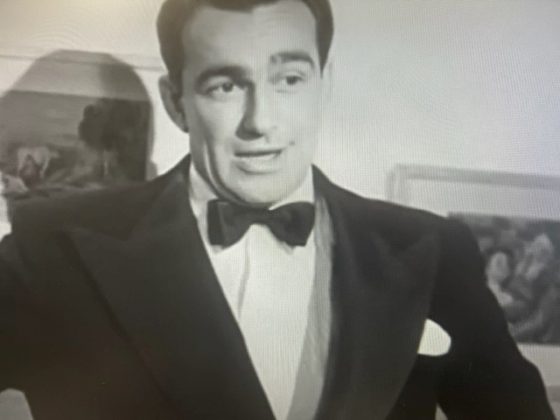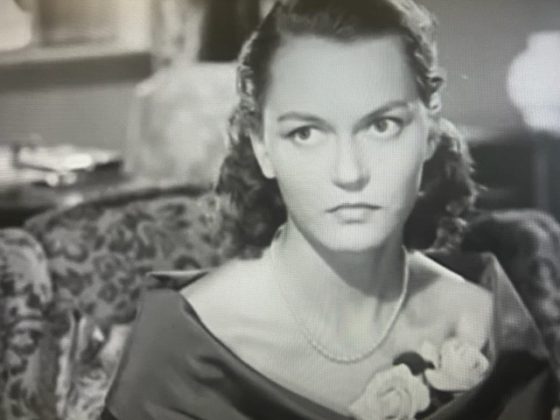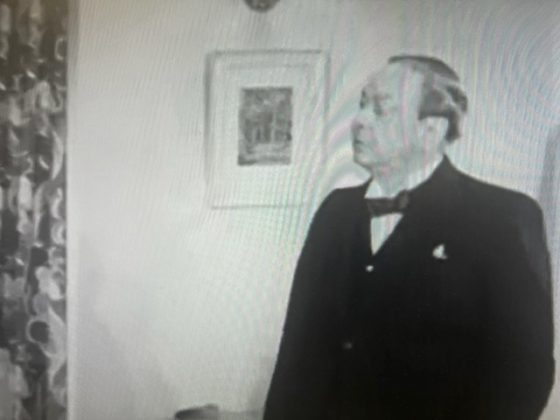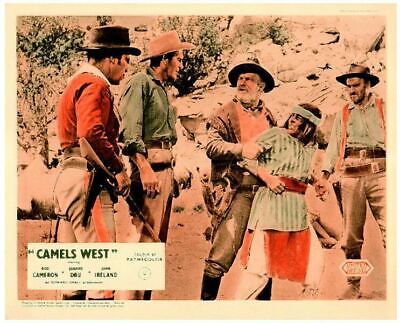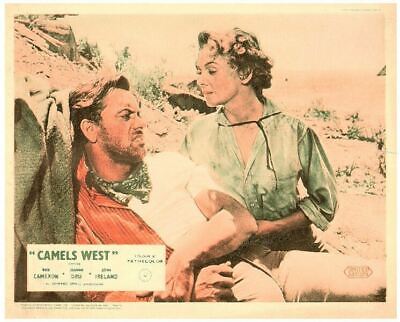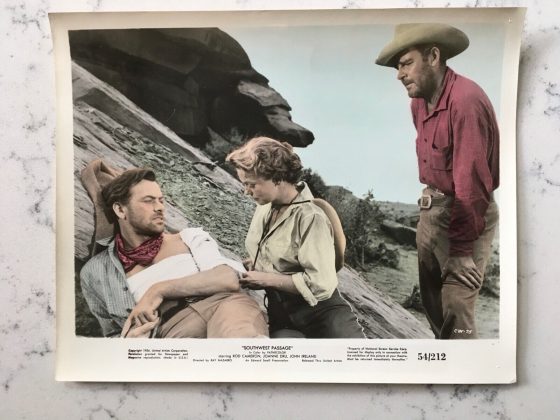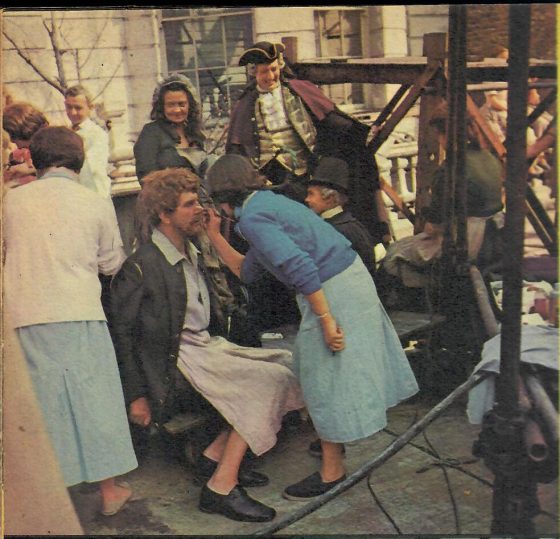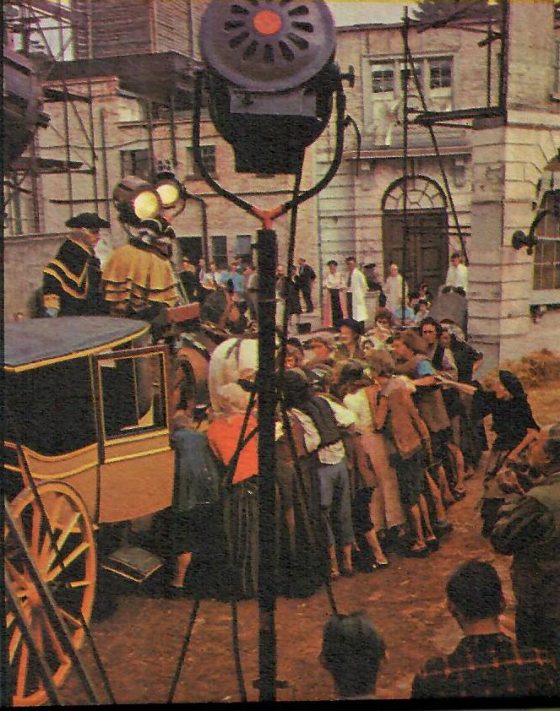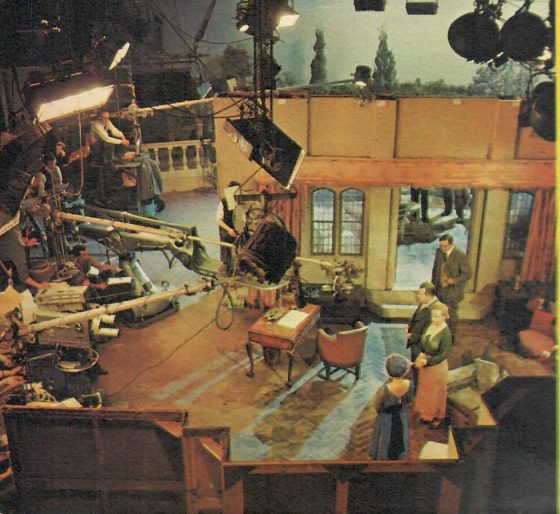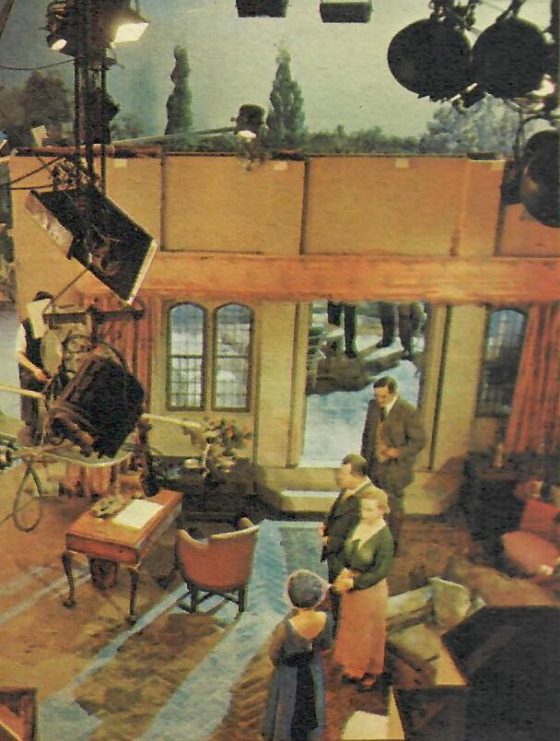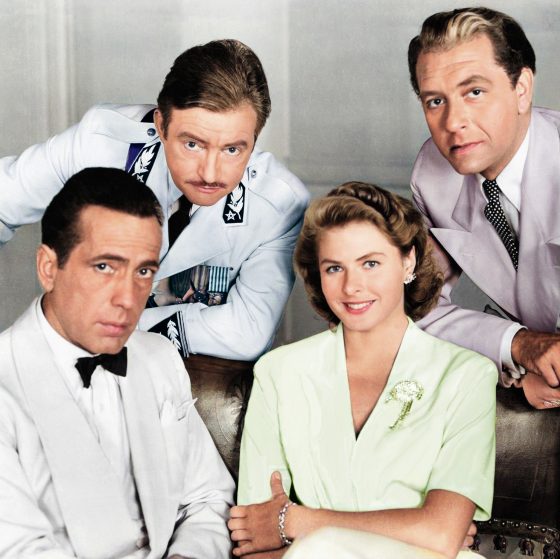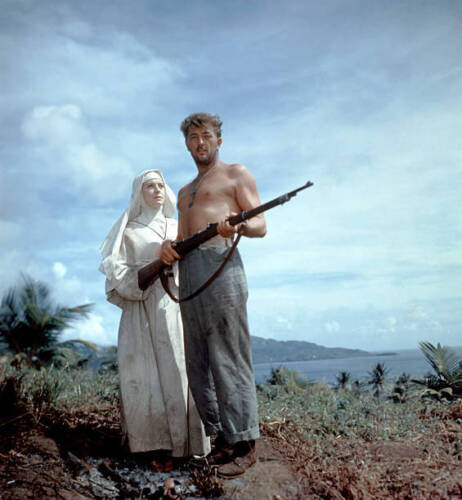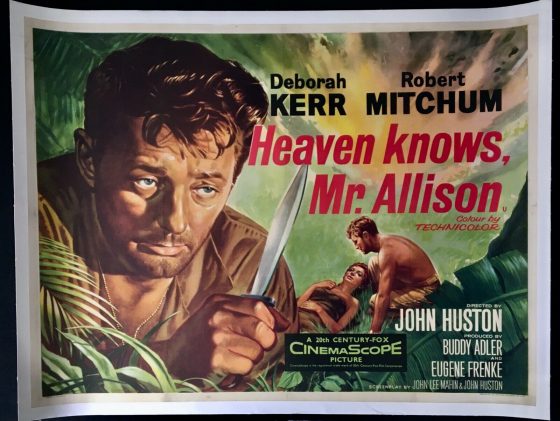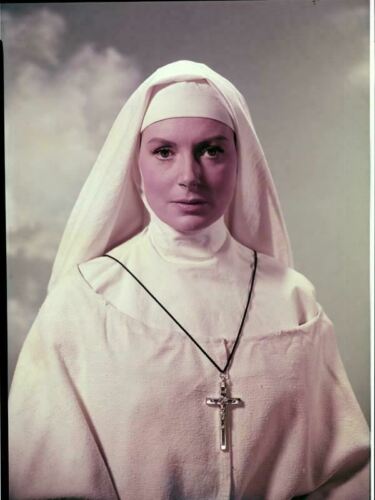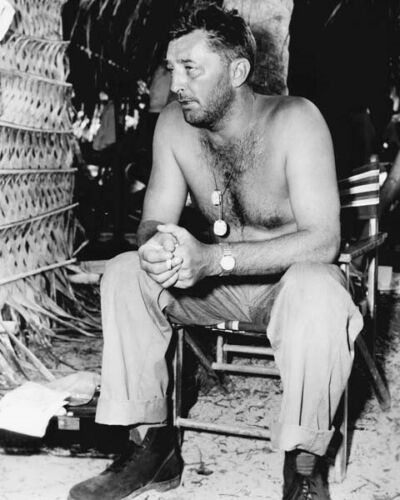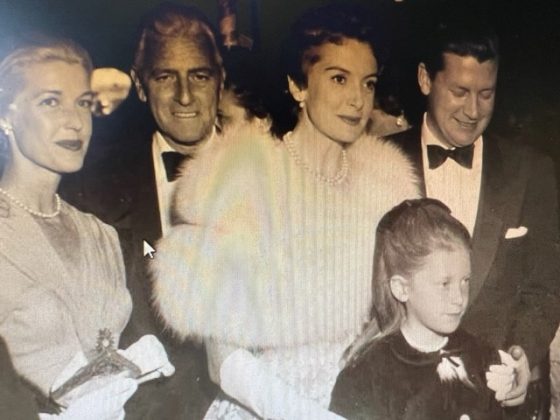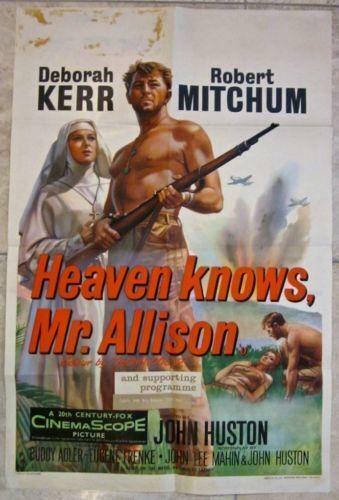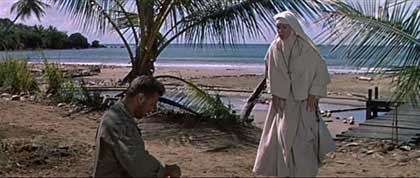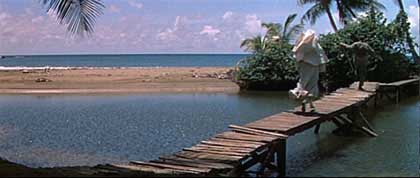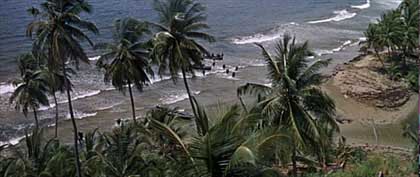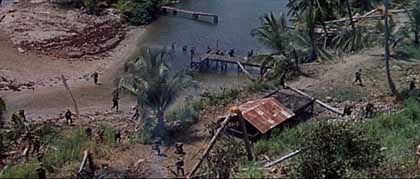A thriller from 1964 that has quite a lot of very familiar faces in the cast including Bernard Lee and Margaret Tyzack – just before she found BBC TV fame – and International fame – in ‘The Forsyte Saga’
Then running down the cast we have David Kossoff, Thorley Walters, Patrick Barr, Justine Lord who I recall from ‘Act of Murder’ one of the very best of the Edgar Wallace series – Philip Latham and further down the list Paul Eddington, Garry Marsh ( from the George Formby films), and Geoffrey Palmer

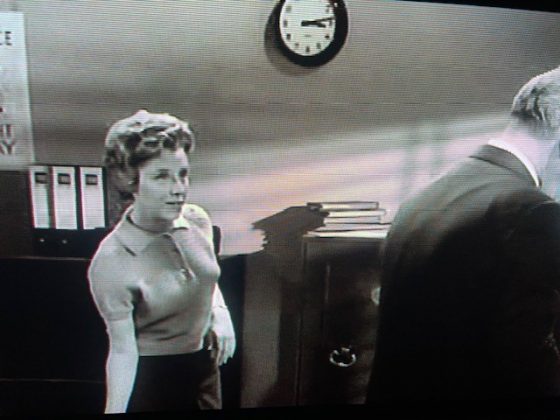
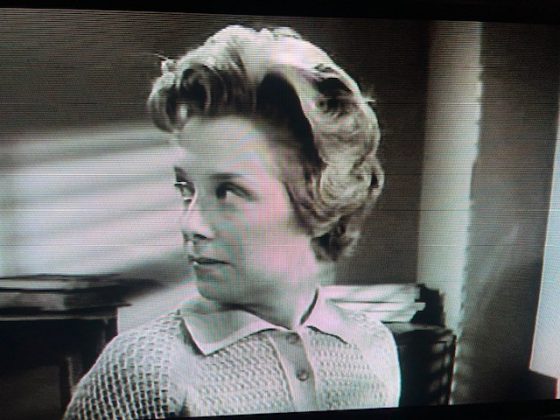
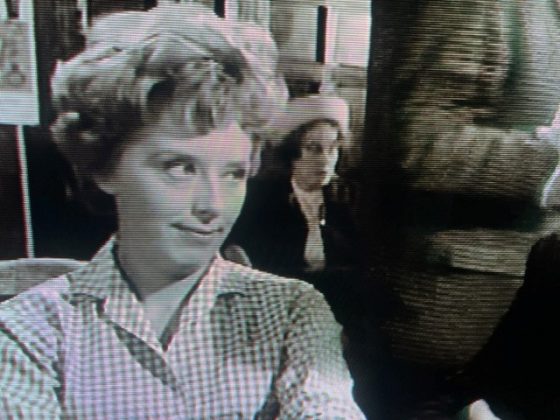

It is British spy thriller; A story about a British navy clerk assigned to a top secret research facility. He is blackmailed into stealing vital secrets for the Russians in exchange for cash. Set during the height of the Cold War, it is based on the true events of the Portland Spy Ring, where daily duels play out between Soviet Intelligence and British counter-espionage. Tension builds wthin the espionage activities which is quite absorbing.
Bernard Lee gives a solid performance in a rare leading role His ally, played by Margaret Tyzack, is initially innocent, but seems drawn into things as the story progresses.
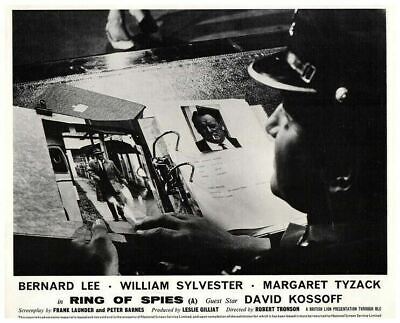
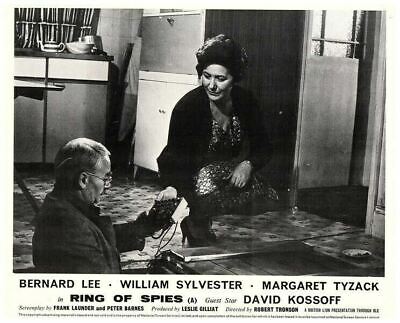
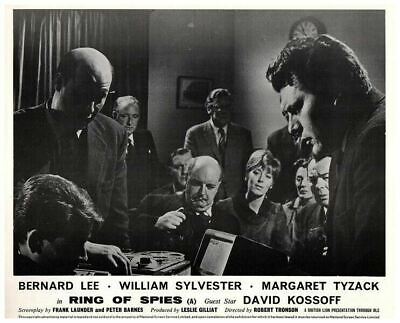
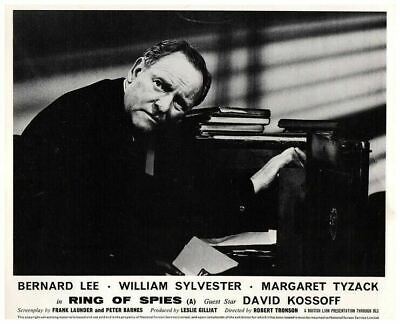
I have to say, that the above ‘Front of House Stills’ for this film were a pretty poor selection – when trying to sell a film you would have thought that this is one area that must be concentrated on – but in the case of this film, it just seems that there was little interest or zest put into the selection.
Coming back to Margaret Tyzack who I liked – she played in the Miss Marple Episode of ‘Nemesis’ opposite Joan Hickson as Miss Marple – and they played out one wonderful and intense scene which saw them both, in my opinion at the very top of their game. Brilliant. I think this is my own favourite Miss Marple adaptation.
